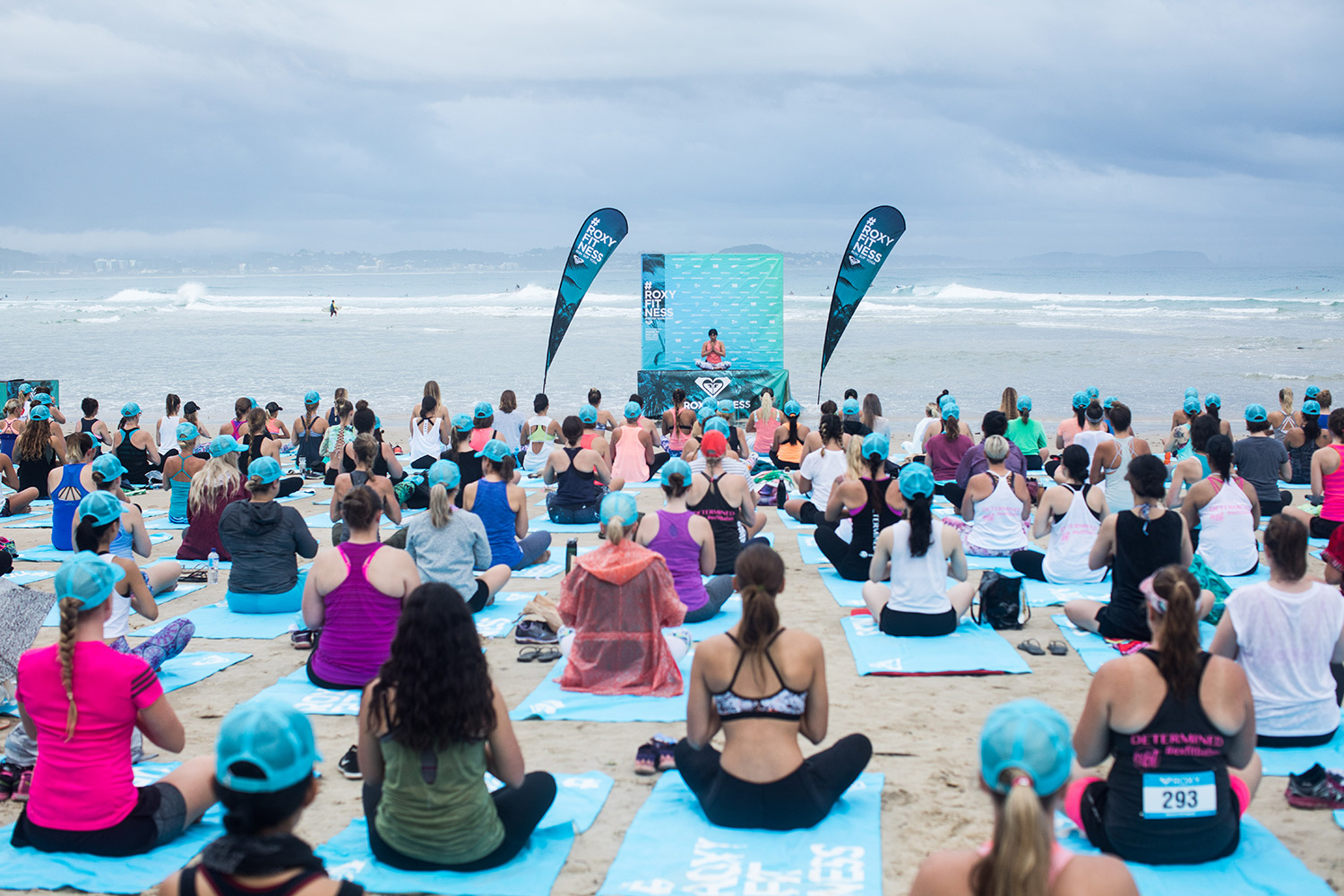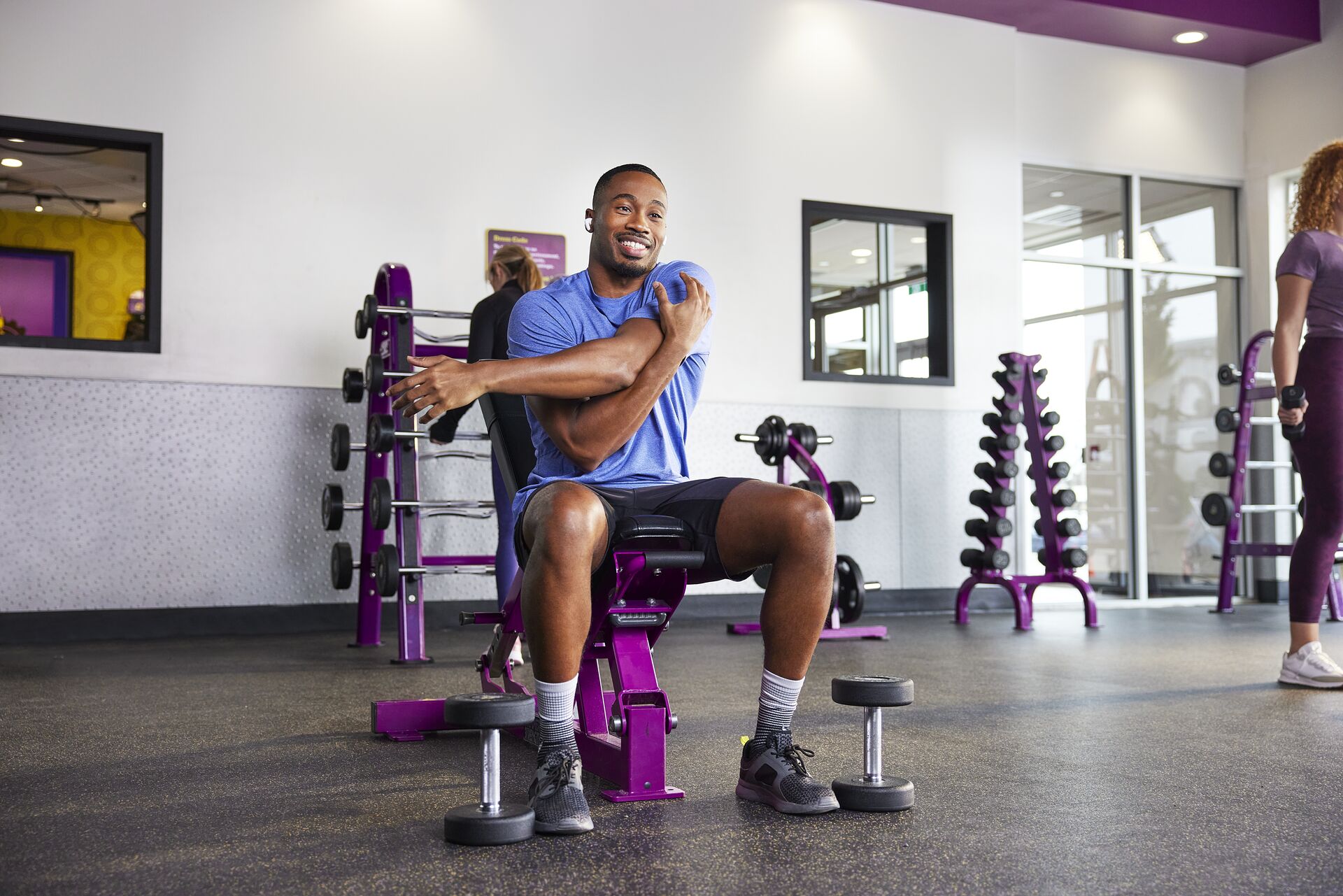Fitness for a Cause brings a refreshing twist to physical activity by connecting individuals with charitable efforts. People can engage in their favorite workouts while making a real difference in the world. This approach not only promotes personal health but also creates a strong community of like-minded individuals working together for a shared goal.
As fitness events grow in popularity, they provide innovative ways to raise funds and awareness for various causes. Participants can choose from a range of activities, from running marathons to yoga classes, all aimed at supporting important philanthropic efforts. This makes the experience not only rewarding but also fulfilling on multiple levels.
Fitness for a Cause is about more than just exercise; it’s a movement that fosters connection and impact. By joining in, individuals enhance their own lives while helping those in need, making each step they take count for something greater.
Key Takeaways
- Fitness events can raise funds while promoting health.
- Community support is strengthened through shared goals.
- Participants enjoy the benefits of physical activity and charity.
The Convergence of Fitness and Philanthropy
Merging fitness with philanthropy creates a unique platform for individuals to contribute to charitable causes while promoting a healthy lifestyle. This connection not only supports fundraising efforts but also fosters community engagement and social impact.
Benefits of Merging Fitness With Charitable Efforts
Combining physical activity with charitable giving encourages more people to get involved. Events like fun runs, bike rides, and swims engage participants in a way that feels rewarding.
Benefits include:
- Health Promotion: Participants often adopt healthier lifestyles through regular exercise.
- Increased Awareness: Events raise awareness for various social issues, helping causes gain visibility.
- Community Building: Shared participation fosters connections among individuals with similar values.
By promoting fitness alongside philanthropy, individuals can create a ripple effect of positive actions that benefit both their health and the community.
Success Stories in Fitness Philanthropy
Many successful fitness philanthropy events demonstrate the impact of merging these two aspects. Notable examples include:
- Charity Runs: Events like Susan G. Komen’s Race for the Cure have raised millions for cancer research.
- Bike Rides: Programs such as AIDS/LifeCycle engage cyclists in fundraising for AIDS services.
These events are more than just physical challenges; they unite individuals for a common cause. As participants engage in these activities, they also spread awareness, making a lasting social impact while improving their own well-being.
Planning and Organizing Fitness Fundraisers
Creating a successful fitness fundraiser requires careful planning and attention to detail. A few key elements can help ensure the event runs smoothly and achieves fundraising goals. Engaging the right people can also enhance the event’s reach and effectiveness.
Key Elements of a Successful Fitness Charity Event
- Set Clear Goals: Define a specific fundraising target. This creates a clear purpose for participants and sponsors, guiding the event’s planning objectives.
- Choose the Right Activity: Popular options include 5K runs, yoga classes, or obstacle courses. Selecting an activity that resonates with the community boosts participation and enthusiasm.
- Plan Logistically: Secure permits and choose a location. Ensure it accommodates attendees and participants. Consider accessibility for everyone.
- Create a Timeline: Developing a detailed timeline for the planning process helps keep track of deadlines and tasks, from marketing to event day.
- Promote the Event: Use social media, local press, and community boards. The more people know about the event, the higher the chances of achieving fundraising success.
Engaging Fitness Influencers and Enthusiasts
Involving fitness influencers can amplify the event’s visibility. These individuals often have a dedicated following and can attract more participants.
- Find the Right Partners: Look for local trainers or fitness enthusiasts who align with the event’s mission. Their involvement can motivate participants and provide credibility.
- Leverage Social Media: Encourage influencers to share event details on their platforms. This strategy can reach audiences who may not have known about the fundraiser.
- Offer Incentives: Providing free event entries or exclusive merchandise can entice influencers to participate and promote the cause.
- Host a Training Program: Collaborating with local gyms or trainers for pre-event training sessions can build excitement. It also helps participants prepare and feel confident about the event.
- Create Community Engagement: Developing a sense of community before and during the event enhances the experience for everyone involved.


Popular Fitness for a Cause Events
Participating in fitness events for charity can provide significant benefits for both participants and the causes they support. Different types of events engage individuals and communities in unique ways, while innovative challenges can inspire more people to take part.
Function and Impact of Different Event Types
Charity runs are among the most popular fitness events. These can range from 5k runs to marathons. Participants often raise money through sponsorships, making them effective fundraisers.
Fun runs are similar but usually have a lighter atmosphere. They may include themes or costumes, attracting families and casual runners.
Bike rides also serve as impactful events. Cyclists can choose various distances, allowing adaptability for participants of different skill levels. These events raise funds while promoting physical activity in the community.
Zumba, spin-a-thons, and dance-a-thons combine fitness with music and fun. Each event encourages participants to stay active while connecting with others.
These various formats allow organizations to raise awareness while fostering community engagement.
Innovative Fitness Challenge Ideas
Innovative fitness challenges can draw in more participants and create excitement around fundraising.
For example, a charity miles challenge encourages participants to log their physical activity over a set period. They can raise funds by inviting friends to sponsor them.
Another idea is a spin-a-thon, where participants join in a long, dedicated cycling class to raise money. The excitement of group activities incentivizes more people to participate.
Similarly, a dance-a-thon can be organized with local dance studios. This event promotes a fun, social atmosphere while participants dance for a good cause.
Lastly, a rucking event, where participants carry weights over a distance, promotes both fitness and community spirit. These fresh ideas can energize supporters and provide new opportunities to give back.
Leveraging Social Media for Community Engagement
Social media plays a crucial role in engaging communities and promoting philanthropic activities. By harnessing these platforms, organizations can build camaraderie and a sense of accomplishment among participants.
Creating a Buzz With Online Fitness Challenges
Online fitness challenges generate excitement and motivate participants to join the cause. These challenges can be publicized across various social media platforms, encouraging individuals to share their experience. Examples include:
- 30-Day Workout Challenge: Participants commit to daily workouts, sharing progress with friends.
- Charity Runs: Users can enter virtual runs, track distances, and post updates.
These fitness challenges foster camaraderie among participants. By sharing achievements, it builds a community spirit. Individuals can cheer each other on, enhancing motivation. Hashtags can help organize and track these events, creating a unified message around philanthropic goals.
Tracking and Sharing Progress
Tracking progress is vital for maintaining engagement. Many social media platforms offer features to log activities visually. This allows participants to showcase their achievements, creating a sense of accomplishment.
Using tools like:
- Fitness Apps: They can sync data and share stats easily.
- Social Media Posts: Participants can post updates with photos, milestones, and reflections.
Engagement grows as people share their journeys. This tracking approach encourages accountability and inspires others to join. The combination of visible progress and community support can amplify the impact of fitness for a cause, encouraging widespread participation in philanthropic initiatives.
Maximizing Impact Through Sponsorships and Partnerships
Sponsorships and partnerships can greatly enhance the effectiveness of charitable fitness events. By collaborating with local businesses and organizations, event organizers can increase visibility and engagement while also providing benefits to their sponsors.
Building Relationships With Local Businesses
Local businesses can play a crucial role in supporting charitable fitness initiatives. These partnerships benefit both parties. Businesses gain advertising opportunities, while events receive financial backing and resources.
To establish these connections, event organizers should:
- Identify Potential Sponsors: Look for businesses that align with the event’s mission, such as gyms, health food stores, or sporting goods retailers.
- Present Mutual Benefits: Clearly explain how the sponsorship will enhance the business’s visibility and foster community goodwill.
- Engage Employees: Encourage local businesses to involve their employees, promoting fitness and employee wellness. This could lead to team participation in events, increasing engagement.
Creating a robust partnership can help amplify the impact of fundraising while boosting the company’s community presence.
Collaborating for Greater Reach
Collaboration among various organizations can widen the audience for fitness events. Partnering with other charitable organizations or nonprofits can share resources and cross-promote initiatives.
Key strategies include:
- Joint Marketing Efforts: Collaborate on advertising campaigns that benefit all parties involved. Using combined resources can lead to higher reach through social media, flyers, or local events.
- Shared Resources: Organizations can share facilities, volunteers, and equipment, limiting expenses and maximizing efficiency.
- Employee Engagement Programs: Employers can encourage employee participation, linking physical activity with corporate social responsibility.
By working together, organizations can increase participation levels, extend their reach, and ultimately raise more funds for their causes.
Health and Wellness Benefits of Participating
Engaging in fitness events for a cause provides numerous health and wellness benefits. These events encourage a healthy lifestyle while also improving mental health, making them a worthwhile investment for participants.
Promoting a Healthy Lifestyle Among Participants
Participating in fitness events inspires individuals to adopt healthier habits. Regular physical activity helps improve overall physical health, enhancing strength, endurance, and flexibility.
Many participants set personal fitness goals, pushing themselves to achieve milestones they may not have pursued otherwise.
In addition, these events often create a supportive community. Having a network motivates individuals to stay active and committed to their health, leading to sustainable lifestyle changes.
Such teamwork can make the journey toward better health enjoyable, leading to lasting habits that benefit overall wellness.
Mental Health and Emotional Wellbeing
Fitness events significantly impact mental health and emotional wellbeing. Physical activity is known to release endorphins, which help reduce stress and anxiety.
By participating in these activities, individuals can experience a sense of accomplishment and boost their self-esteem. This gain in confidence can extend beyond the fitness realm, positively affecting various aspects of life.
Furthermore, engaging in events related to causes, like cancer research or poverty alleviation, provides participants with a sense of purpose.
This connection to a greater goal can enhance feelings of empathy and community, further supporting emotional health. Overall, the combination of exercise and philanthropy creates a significant positive impact on participants’ mental wellbeing.





